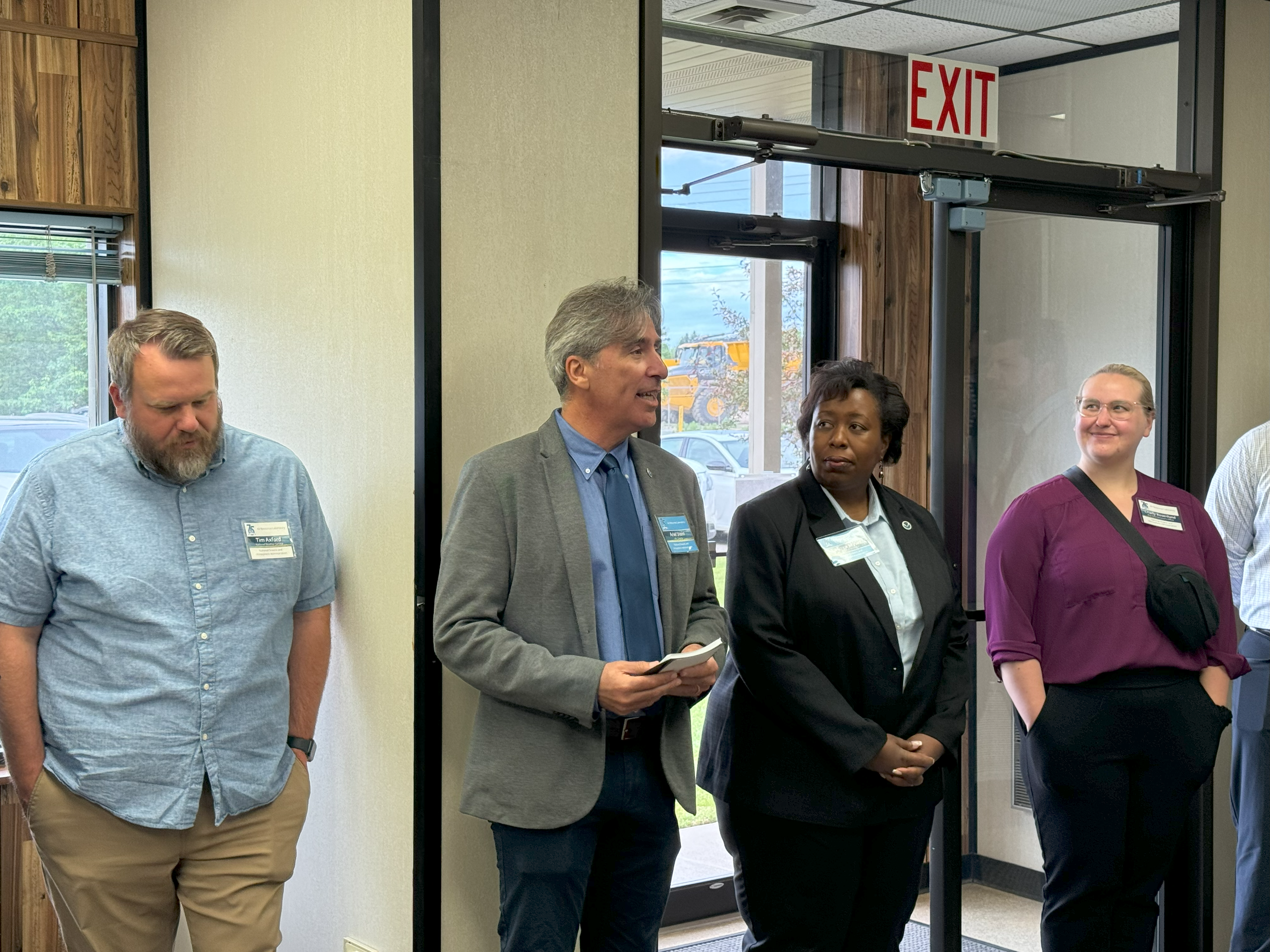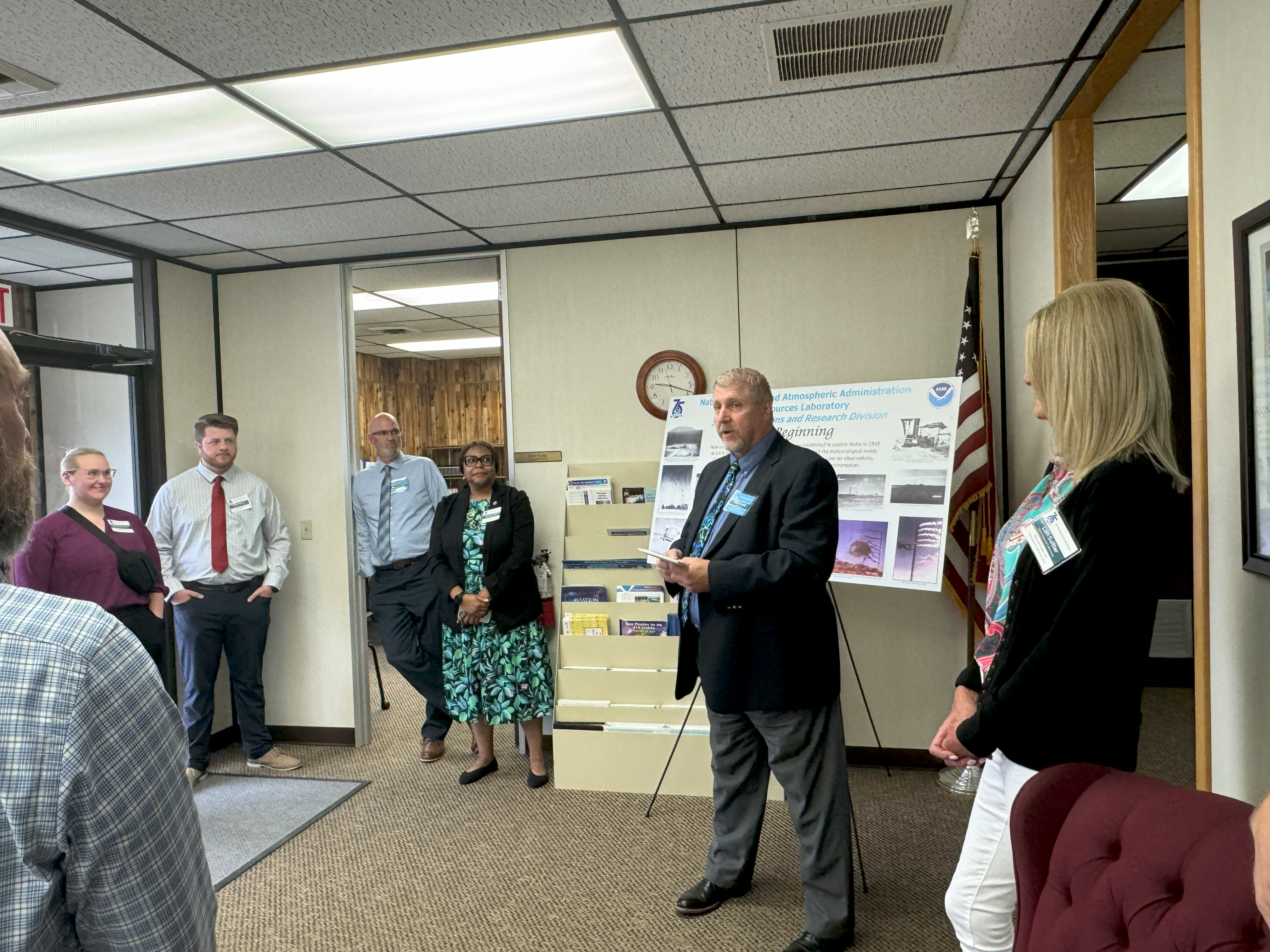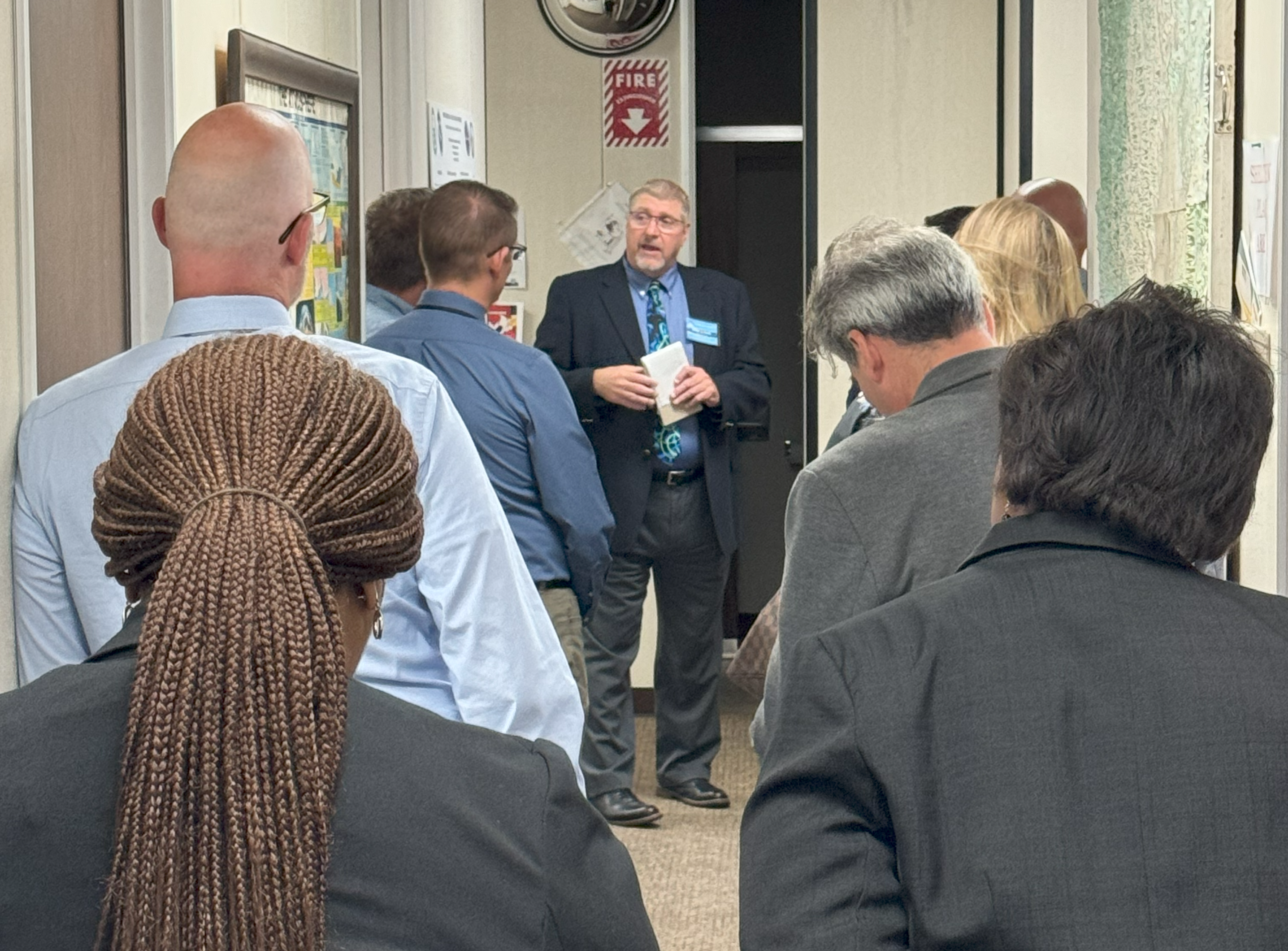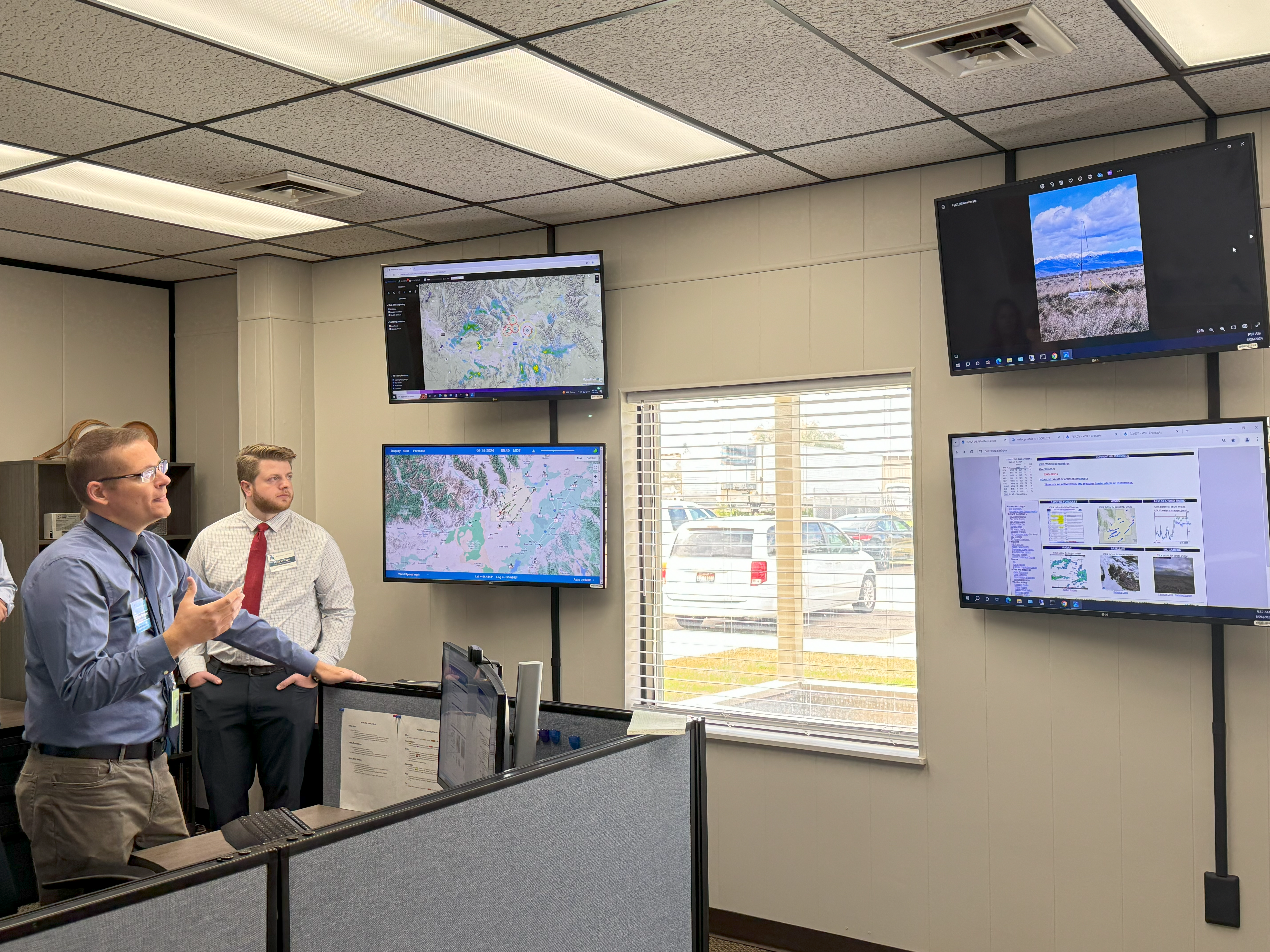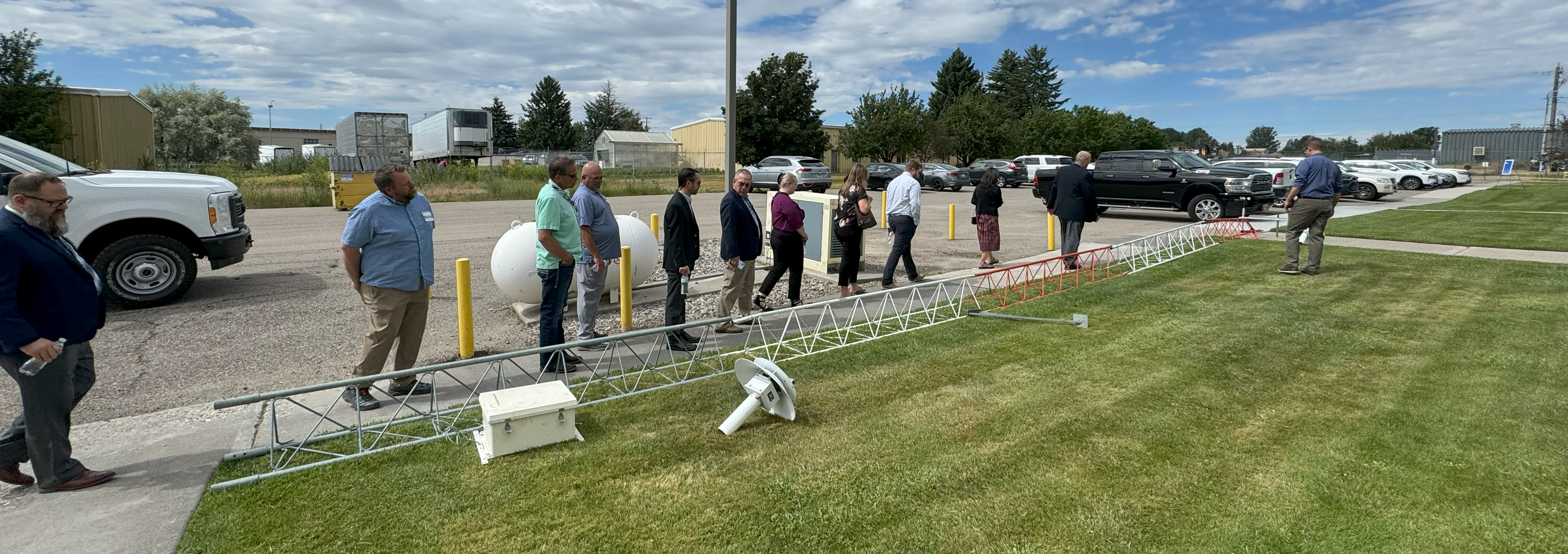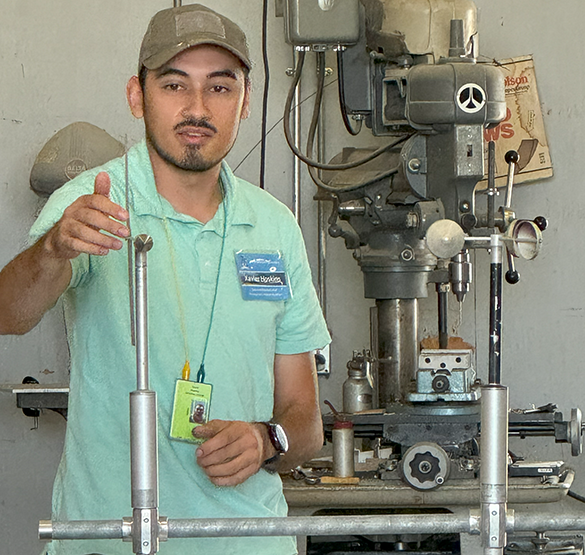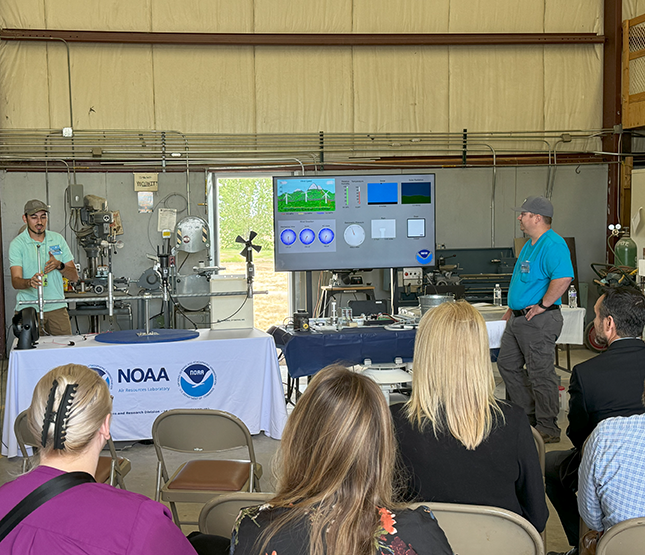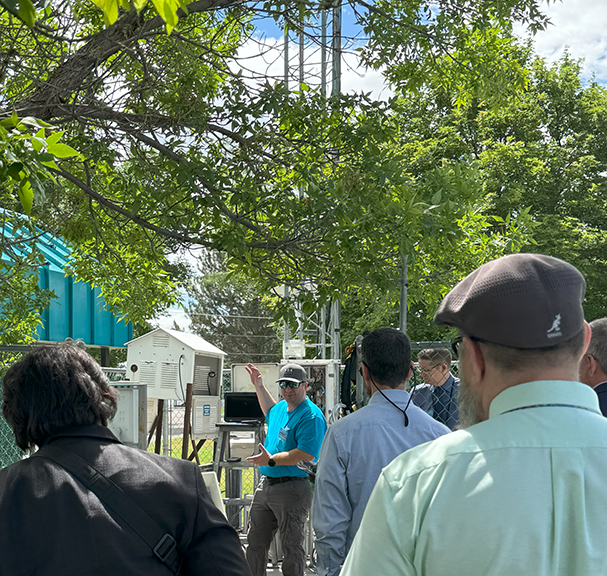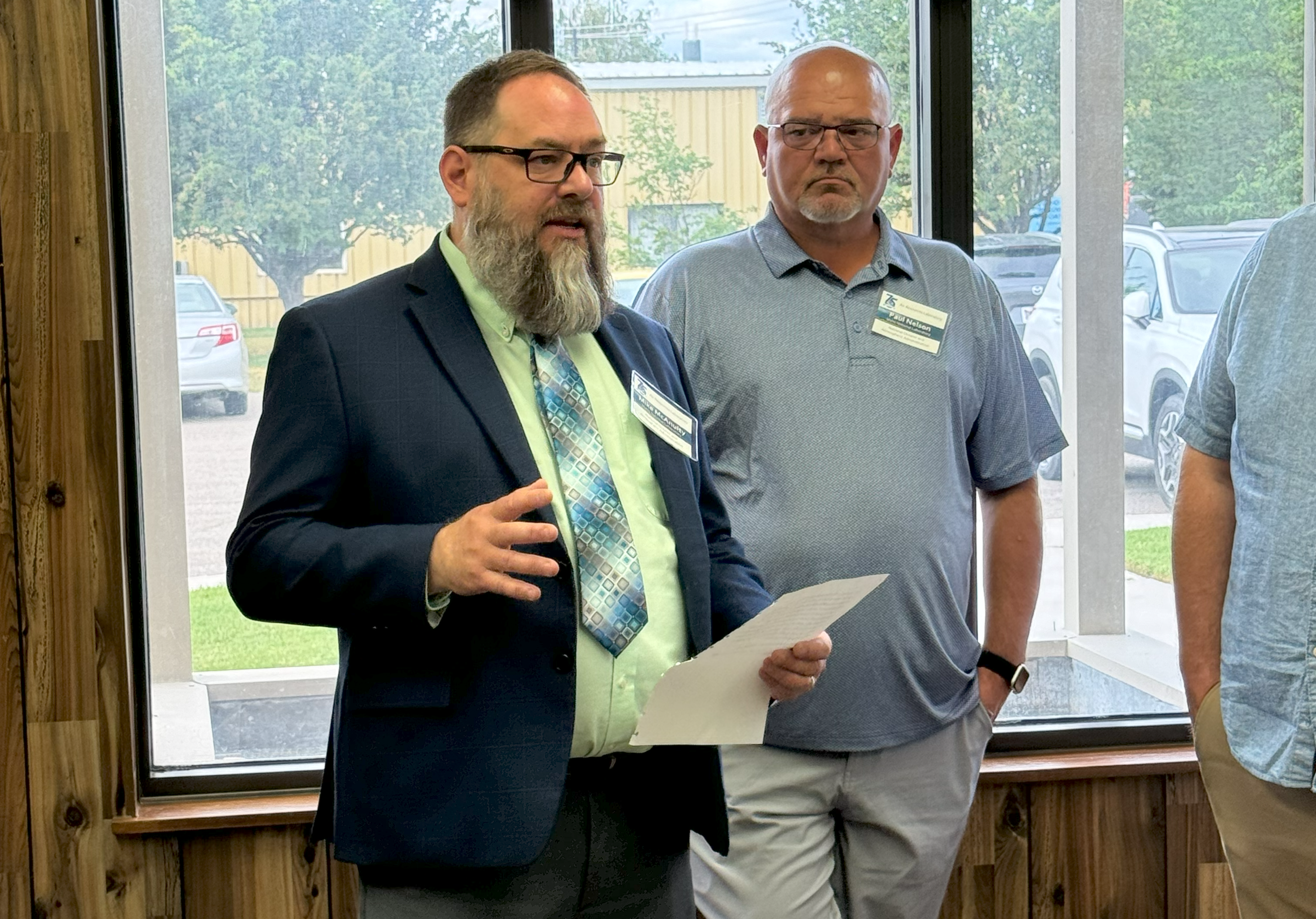July 15, 2024
ARL rounded out our 75th anniversary celebrations with an open house at our Special Operations and Research Division (SORD) in Idaho Falls, ID on June 26, 2024. We were happy to welcome partners, stakeholders, city government officials and congressional staff members.
The day’s agenda included a few words of welcome from Division Director Walter Schalk, ARL Director Ariel Stein and Michael McAnulty, the Deputy Manager for Nuclear Energy Operations and Security, Office of Nuclear Energy, Idaho Operations Office. Walter gave a tour of the “Hall of History,” talking through the history of SORD; from its beginnings in 1948 where they described the meteorology and climatology surrounding the area of the National Reactor Testing Station, now the Department of Energy Idaho National Laboratory through today, where SORD’s weather observations and modeling support improved weather predictions and warnings in the region and predictions of the transport and dispersion of hazardous materials and air pollution provide essential information for public health.


